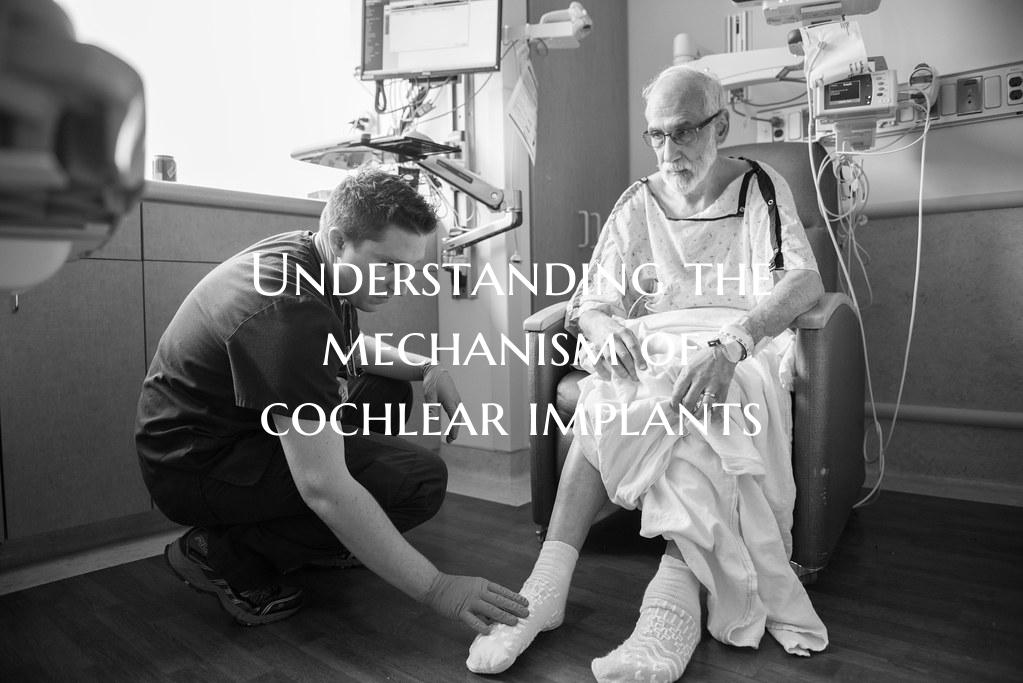
Understanding the mechanism of cochlear implants
Cochlear implants are sophisticated devices that play a crucial role in restoring hearing for individuals with severe or profound hearing loss. Understanding the mechanism behind how these implants work can provide valuable insights into their effectiveness and importance in helping those with hearing impairment live fuller lives.
1. Overview of Cochlear Implants: Cochlear implants are electronic devices designed to bypass damaged parts of the inner ear (cochlea) and directly stimulate the auditory nerve. They consist of two main components – an external processor and an internal implant.
2. Internal Components: The internal implant is surgically placed under the skin behind the ear and is composed of electrodes that are inserted into the cochlea. These electrodes are responsible for delivering electrical signals to stimulate the auditory nerve fibers.
3. External Components: The external processor captures sound waves and converts them into digital signals that are transmitted to the internal implant through a transmitter coil placed on the skin. The processor is typically worn behind the ear or even directly on the scalp.
4. Signal Processing: The sound captured by the external processor is analyzed and divided into different frequency bands that correspond to different regions in the cochlea. Each electrode in the implant is then activated according to the frequency of the sound signal, providing a representation of the original sound to the auditory nerve.
5. Neural Stimulation: When the electrodes in the implant stimulate the auditory nerve fibers, they generate electrical impulses that are sent to the brain. Over time, the brain learns to interpret these impulses as sound, allowing the individual to perceive and understand speech and other environmental sounds.
6. Benefits of Cochlear Implants: Cochlear implants can significantly improve communication abilities, speech perception, and quality of life for individuals with severe hearing loss who do not benefit from hearing aids. They can also help children develop speech and language skills critical for their overall development.
7. Challenges and Considerations: While cochlear implants are highly effective for many individuals, they are not suitable for everyone. Factors such as the age of the individual, the cause of hearing loss, and the condition of the auditory nerve need to be carefully evaluated to determine candidacy for a cochlear implant.
In conclusion, understanding the mechanism of cochlear implants sheds light on the advanced technology and intricate process involved in restoring hearing for those with hearing loss. These devices have revolutionized the field of audiology, offering a life-changing solution for individuals seeking to reconnect with the world of sound.